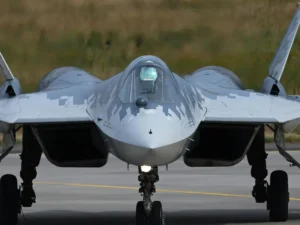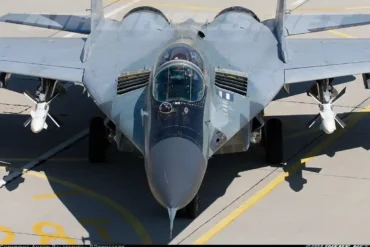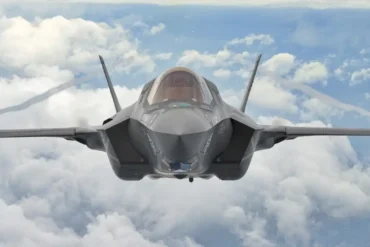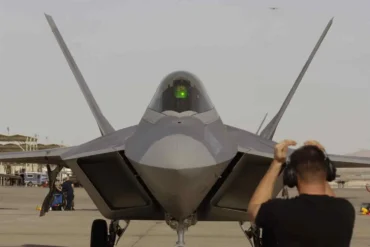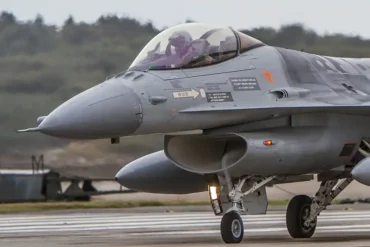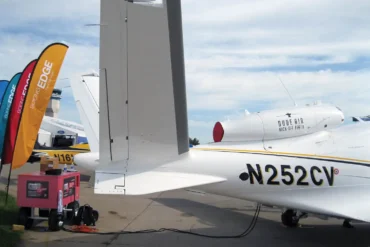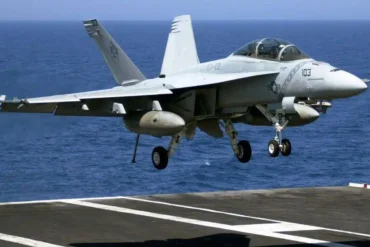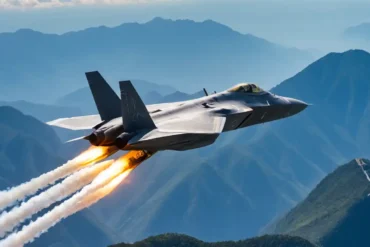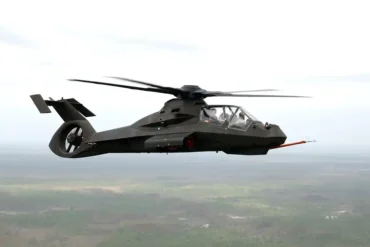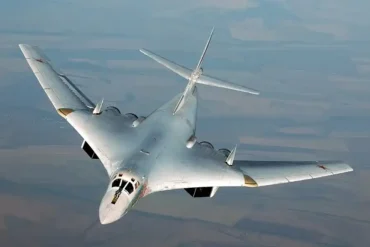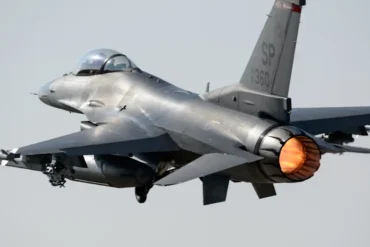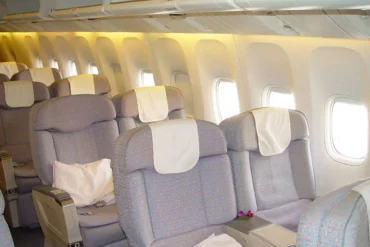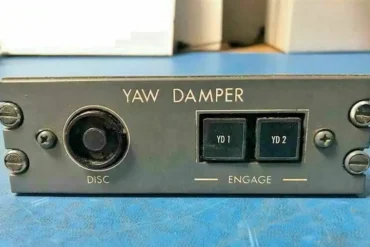The Su-57, Russia’s advanced stealth fighter jet, is an engineering marvel designed to compete with the world’s best military aircraft. Among its many unique features, the intake doors play a crucial role in both the aircraft’s performance and stealth capabilities. In this article, we will delve into the design, functionality, and strategic significance of the Su-57 intake doors, examining how they contribute to the jet’s aerodynamics, radar-absorbing materials, and overall stealth characteristics.
Introduction to the Su-57’s Intake System
The Su-57’s air intake design stands out as a fundamental aspect of its aerodynamic structure. Unlike its American counterpart, the F-22 Raptor, the Su-57 employs a distinctive double-S duct intake configuration. This design is not only visually striking but also plays a key role in optimizing engine performance and ensuring stealth during high-speed maneuvers. The air intake doors are crafted to maximize airflow to the engines while minimizing the aircraft’s radar cross-section (RCS), an essential feature in modern combat aviation.
Comparison to Other Aircraft Intake Designs
To understand the Su-57’s unique design, it’s important to consider its relationship to other fighters in the same category. The F-22 and the F-35 both utilize highly refined air intake systems that contribute to their stealth and performance. However, the Su-57’s intake system is influenced by an earlier generation of fighter designs, such as the Boeing YF-23 and X-32, which featured similar double-S duct systems. While these designs were ultimately not selected for production, their influence on the Su-57’s air intake configuration is undeniable.
In particular, the double-S duct in the Su-57 facilitates the optimal balance between engine performance and radar signature reduction, allowing the aircraft to operate effectively in contested environments. The design ensures a steady airflow to the engines, even at high speeds, while minimizing any radar reflections that might give away the aircraft’s position.
The Double-S Duct: Maximizing Performance and Stealth
The Su-57 intake doors are part of the aircraft’s double-S duct system, which is central to its advanced stealth capabilities. The unique shape of the ducts works in tandem with the rest of the aircraft’s design to provide several key benefits:
- Improved Engine Efficiency: The double-S configuration helps reduce the possibility of airflow disruptions, allowing for more efficient operation of the engines. This results in better thrust and greater agility at high speeds.
- Stealth Optimization: The complex curves and design of the air intakes contribute to reducing radar returns. The intake doors, shaped to complement the ducts, minimize radar visibility by directing incoming signals away from the aircraft’s core structure.
- Increased Maneuverability: By optimizing the airflow to the engines, the Su-57’s intake system ensures that the aircraft remains agile during high-speed maneuvers. This is essential in modern aerial combat, where the ability to outmaneuver an opponent can be the difference between success and failure.
Radar-Absorbing Materials: The Coaxial Radial Stealth Grille
A standout feature of the Su-57’s intake doors is the radar-absorbing material integrated into the design. These materials play a significant role in reducing the aircraft’s radar cross-section, ensuring that the Su-57 remains difficult to detect by enemy radar systems.
At the heart of this radar-absorbing technology is the coaxial radial stealth grille located near the intake doors. This grille is made from a specially engineered radar-absorbing material that is designed to scatter and absorb radar waves, further reducing the aircraft’s RCS. This design is similar to the technology found on the U.S. F/A-18, although the appearance of the Su-57’s stealth grille is distinct.
The radar-absorbing grille is strategically positioned to prevent radar waves from reflecting directly back to enemy radar stations. By absorbing and diffusing radar signals, the grille helps keep the aircraft invisible on radar screens, a critical advantage in modern warfare. This technology allows the Su-57 to operate in environments where enemy radar systems are designed to detect stealth aircraft.
Design Philosophy: The Balance Between Stealth and Performance
The Su-57 intake doors are a product of careful engineering, reflecting a design philosophy that balances stealth and performance. While stealth is paramount, ensuring the Su-57 remains undetectable, performance considerations also play a vital role. The aircraft’s designers have made intentional trade-offs to achieve the best of both worlds.
Stealth vs. Performance: A Delicate Trade-Off
The Su-57’s intake doors incorporate elements designed to optimize both aerodynamic performance and radar-absorption. While the aircraft’s stealth features are undeniably advanced, the design is not as extreme as that of other stealth jets like the F-22 or F-35. This conservatism in design is, in part, a strategic decision to maintain optimal engine performance and long-term operational reliability.
For instance, while the intake ducts are shaped for stealth, they are not as aggressively contoured as those on the F-22. This design choice may result in a slight increase in radar visibility compared to the most advanced stealth jets, but it ensures that the Su-57’s engines receive a steady and uninterrupted flow of air.
DSI Technology: Enhancing Stealth and Performance
The Su-57 features a Deformable Surface Inlet (DSI), a design enhancement that improves both aerodynamics and radar signature reduction. The DSI technology, which is integrated into the intake doors, helps to smooth out the airflow as it enters the engine, reducing turbulence and increasing engine efficiency.
At the same time, the DSI technology contributes to the aircraft’s stealth capabilities by disrupting radar signals and preventing them from being reflected back to the radar receiver. This results in a lower RCS, ensuring that the Su-57 remains more difficult to detect and track during combat.
Strategic Considerations: The Role of Intake Doors in Modern Warfare
The design of the Su-57 intake doors is not just a matter of aerodynamics; it also plays a key role in the jet’s strategic capabilities. In modern warfare, maintaining the element of surprise is crucial, and stealth technology is central to this objective. The intake doors, with their sophisticated radar-absorbing materials and design features, contribute directly to the Su-57’s ability to evade detection by enemy radar systems.
The Importance of Stealth in Combat Situations
In a typical aerial engagement, the ability to detect and engage the enemy before being detected can be the difference between success and failure. The Su-57’s stealth intake doors are a critical component of its ability to enter contested airspace undetected. By minimizing its radar signature, the aircraft can operate at close range to enemy targets without giving away its position, allowing it to strike first.
Furthermore, the radar-absorbing materials integrated into the intake doors ensure that the Su-57 remains stealthy during high-speed operations, where other aircraft might struggle with radar detection. This capability is enhanced by the radar-absorbing grille, which ensures the aircraft maintains its stealth characteristics even at supersonic speeds.
Vulnerability to Electromagnetic Interference
While the Su-57 is designed to be highly resilient in most combat situations, there are some areas where it may be vulnerable. For instance, the aircraft still uses traditional cable controls for flight management, rather than fiber-optic systems that are now standard on newer fighter jets such as the F-35. This means the Su-57 could be more susceptible to electromagnetic interference from high-powered signals or jamming.
However, this vulnerability does not negate the aircraft’s overall performance or stealth capabilities. The Su-57 remains a formidable force, especially when paired with its advanced intake doors and other stealth technologies.
Conclusion: The Future of Stealth and Performance in the Su-57
The Su-57 intake doors represent a critical innovation in the realm of modern fighter jet design. Their combination of radar-absorbing materials, aerodynamic efficiency, and stealth-enhancing features ensures that the aircraft remains a formidable competitor on the global stage. By optimizing the balance between performance and stealth, these intake doors allow the Su-57 to achieve exceptional capabilities in a variety of combat scenarios.
While the aircraft’s design may not be as aggressive as some of its competitors, the Su-57 proves that subtlety and precision in design can be just as effective in maintaining an edge over adversaries. As the Su-57 continues to evolve, its intake system will remain a cornerstone of its performance and stealth, ensuring that Russia’s premier fighter remains a force to be reckoned with in the skies.
